Walking your dog should be a pleasant and enjoyable experience for both you and your furry companion. However, if your dog tends to pull on the leash, it can turn a leisurely stroll into a frustrating tug-of-war. In this comprehensive guide, we’ll explore various techniques and strategies to help you teach your dog to walk politely on a leash.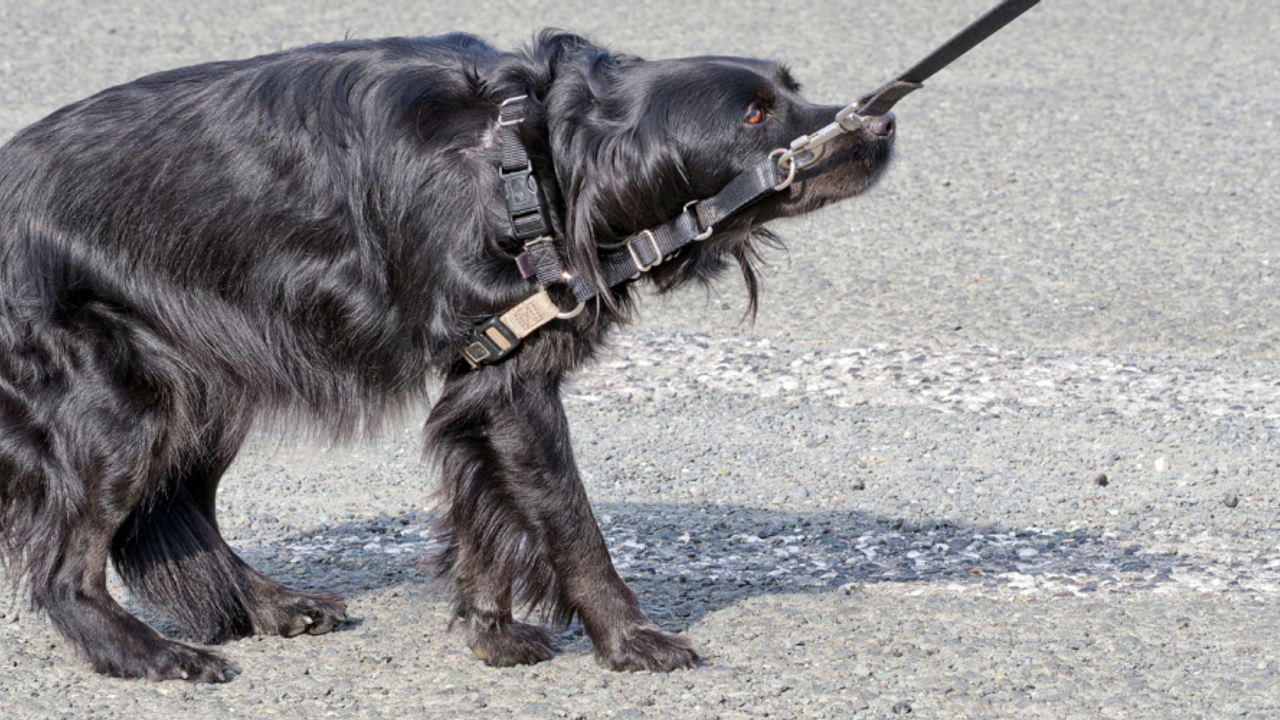
Understanding the Problem: Why Dogs Pull
Before diving into solutions, it’s essential to understand why dogs pull on the leash in the first place. Pulling behavior is often natural for dogs and can stem from a variety of reasons, including:
- Excitement: Dogs may pull on the leash out of excitement, especially when they encounter new sights, smells, or other animals.
- Lack of Training: Dogs may pull simply because they haven’t been properly trained to walk politely on a leash.
- Desire to Explore: Dogs are naturally curious creatures and may pull to explore their surroundings more quickly.
- Socialization: Some dogs may pull on the leash as a result of inadequate socialization or fear of unfamiliar stimuli.
By understanding the underlying reasons for your dog’s pulling behavior, you can tailor your training approach to address the root cause effectively.
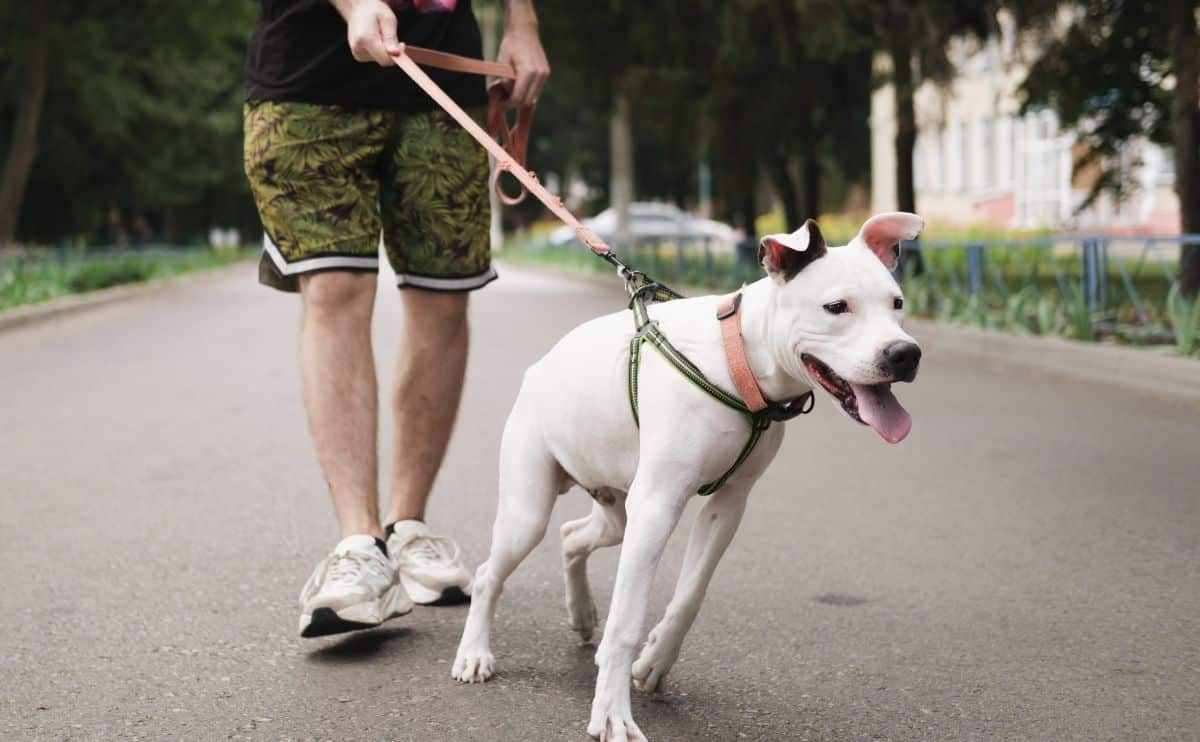
Training Techniques: Teaching Your Dog to Walk Nicely on Leash
Now that we’ve identified the reasons behind leash pulling, let’s explore some effective training techniques to help curb this behavior:
- Positive Reinforcement: Positive reinforcement is one of the most effective methods for teaching dogs new behaviors. Whenever your dog walks nicely on the leash without pulling, be sure to reward them with praise, treats, or a favorite toy. This helps reinforce the desired behavior and encourages your dog to repeat it in the future.
- Use of No-Pull Harnesses: No-pull harnesses are specially designed to discourage pulling by redirecting your dog’s attention and distributing pressure more evenly across their body. These harnesses typically have front attachment points that steer your dog back towards you when they pull, making it easier to regain control.
- Stop-and-Go Method: With the stop-and-go method, you’ll stop walking whenever your dog starts to pull on the leash. Stand still and wait for your dog to relax and release tension on the leash before resuming your walk. This teaches your dog that pulling doesn’t get them where they want to go and encourages them to pay attention to your movements.
- Turnaround Technique: Similar to the stop-and-go method, the turnaround technique involves changing direction whenever your dog pulls on the leash. As soon as you feel tension on the leash, turn around and walk in the opposite direction. This helps interrupt the pulling behavior and teaches your dog to follow your lead.
- Engage in Training Games: Incorporating training games into your walks can make learning fun for your dog. For example, you can practice “heel” or “focus” commands, where your dog learns to walk calmly beside you and pay attention to your cues. Be sure to reward your dog generously for their cooperation.
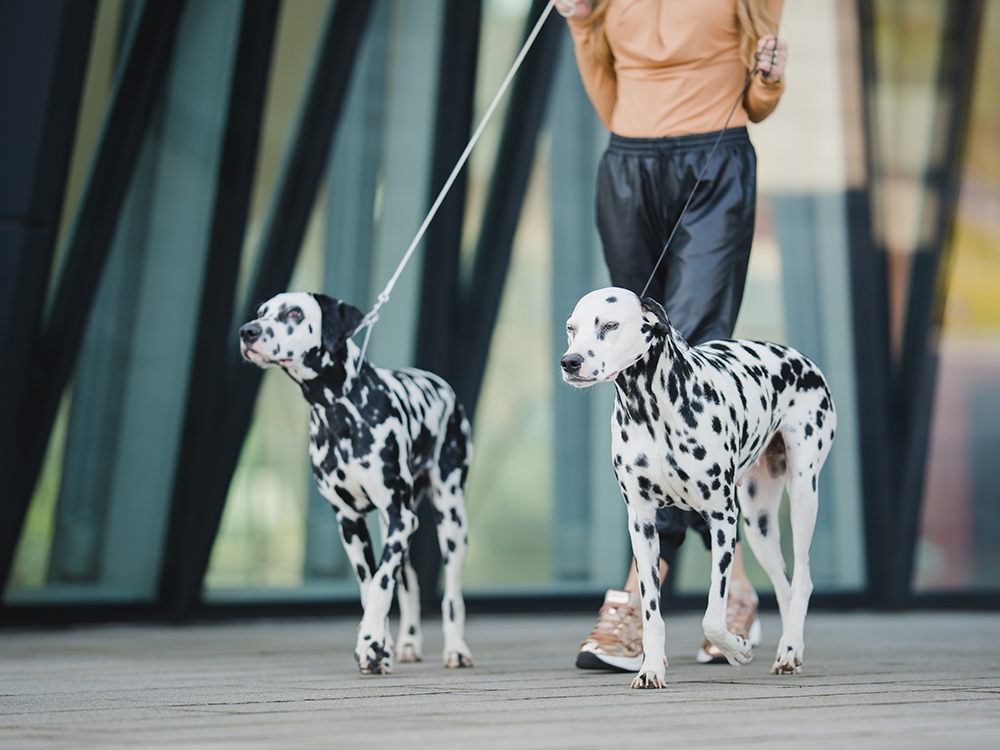
Consistency is Key: Tips for Successful Training
Regardless of which training techniques you choose, consistency is essential for success. Here are some additional tips to help you stay on track:
- Set Realistic Goals: Rome wasn’t built in a day, and neither is perfect leash manners. Set achievable goals for you and your dog, and celebrate small victories along the way.
- Be Patient: Training takes time and patience, so don’t expect instant results. Stay calm and composed during training sessions, and avoid becoming frustrated or angry with your dog.
- Practice Regularly: Practice makes perfect, so be sure to incorporate leash training into your daily routine. The more consistent you are with training, the quicker your dog will learn.
- Seek Professional Help if Needed: If you’re struggling to make progress or encountering behavior problems beyond your expertise, don’t hesitate to seek help from a professional dog trainer or behaviorist.
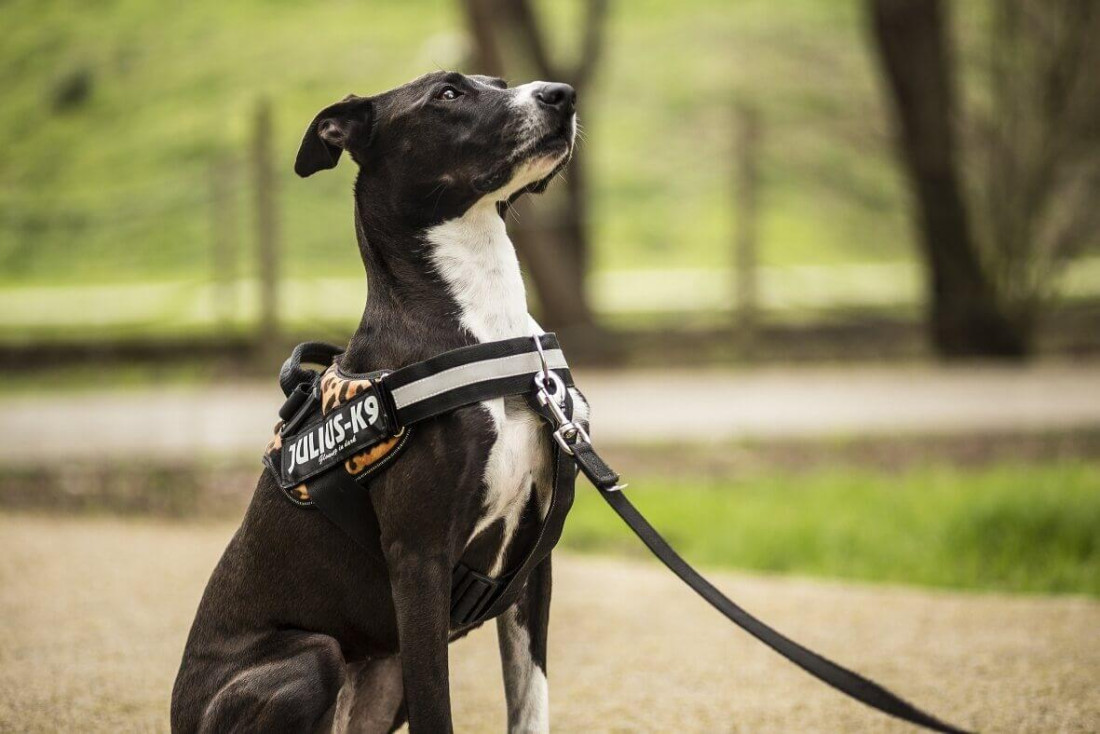
Implementing Training Techniques: Building a Stronger Bond with Your Dog
As you embark on your journey to teach your dog proper leash manners, remember that training is more than just correcting unwanted behaviors—it’s an opportunity to strengthen the bond between you and your furry companion. Here are some additional tips to help you make the most of your training sessions:
- Communicate Clearly: Dogs thrive on clear communication, so be consistent with your commands and cues. Use positive reinforcement to reward desired behaviors, and avoid punishment-based methods that can erode trust and damage your relationship with your dog.
- Stay Attentive: Pay close attention to your dog’s body language during walks. Are they becoming tense or distracted? Are they responding to your cues effectively? By staying attentive, you can address any issues promptly and tailor your training approach to suit your dog’s needs.
- Make Walks Enjoyable: Walks should be a source of enjoyment and enrichment for both you and your dog. Mix up your routes, explore new environments, and allow your dog ample opportunities to sniff and explore their surroundings. By making walks a positive experience, you’ll reinforce good behavior and strengthen your bond with your furry friend.
- Practice Patience: Rome wasn’t built in a day, and neither is perfect leash manners. Be patient with your dog and yourself, and don’t expect instant results. Remember that every dog learns at their own pace, so stay committed to the process and celebrate small victories along the way.
- Seek Support: Don’t hesitate to reach out for support if you’re struggling with leash training. Whether it’s joining a dog training class, seeking advice from fellow pet owners, or consulting with a professional trainer, there are plenty of resources available to help you and your dog succeed.
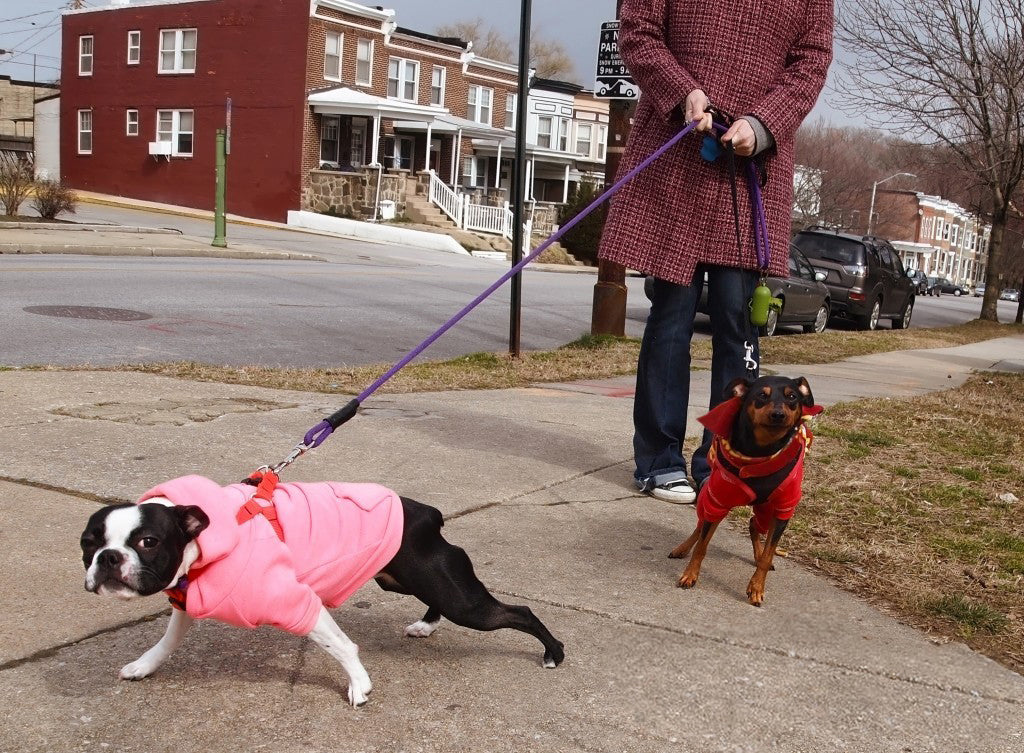
Conclusion
Walking your dog should be an enjoyable bonding experience for both you and your furry friend. By understanding the reasons behind leash pulling and implementing effective training techniques, you can teach your dog to walk politely on the leash and make the most of your time together outdoors. Remember to be patient, consistent, and positive throughout the training process, and soon you’ll be mastering the walk with ease.
Remember to be patient, consistent, and positive throughout the training process, and above all, cherish the time you spend exploring the world together with your furry friend by your side. With dedication and love, you’ll soon find yourselves mastering the walk with ease and enjoying the journey every step of the way.










